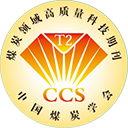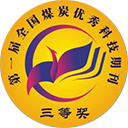Abstract:
Under the influence of coal mining depth and other conditions, abnormal emission of hydrogen sulfide is likely to occur in the process of coal extraction in mines with high concentration of hydrogen sulfide, which is a serious threat to the life and safety of workers. According to the characteristics of hydrogen sulfide deposit in working face, raw coal seam and goaf, the principle, idea, basis and standard of source separation and classification of hydrogen sulfide were put forward. The evaluation system of source separation and classification of hydrogen sulfide was constructed, and the working face was divided into four regions of low, medium, high and ultra-high hydrogen sulfide hazard area, the goaf and the row coal seam were divided into areas that are easy to control, difficult to control and relatively difficult to control. The research results have theoretical guidance and practical significance for the control of hydrogen sulfide in mines.



 下载:
下载: